Do you have a weakness for furniture, but also some doubts about the most common styles? No fear. Here is an easy-to-read list that will help you untangle the problem. And if you really can’t identify the flavor in your strings, remember that there is always the possibility of mixing and personalizing at home!
Sometimes the tips on how to decorate the house the most useful are those that explain what to do. Because, maybe when you have a small house and you want to spend little, with original ideas you can create a respectable DIY furniture. Being able to readily identify each interior design style is more than just a trick to show off in front of others – it can also help you define your personal style and figure out what you may like the most.
It can also give you permission to mix and match depending on your sensibility and throw each label to the wind if that’s what your personal style calls for. Of course, these styles change quickly, so there is always something new to learn: this is one of the things that make design “exciting”. And if you come up with your own style, carry it on and give it a name: we could just write about it in the future!
Interior Design Styles
Scandinavian? Vintage? Eclectic? Boho Chic? If you are passionate about furniture but you do not have very clear ideas, here is an easy guide to the most common styles.
Industrial style
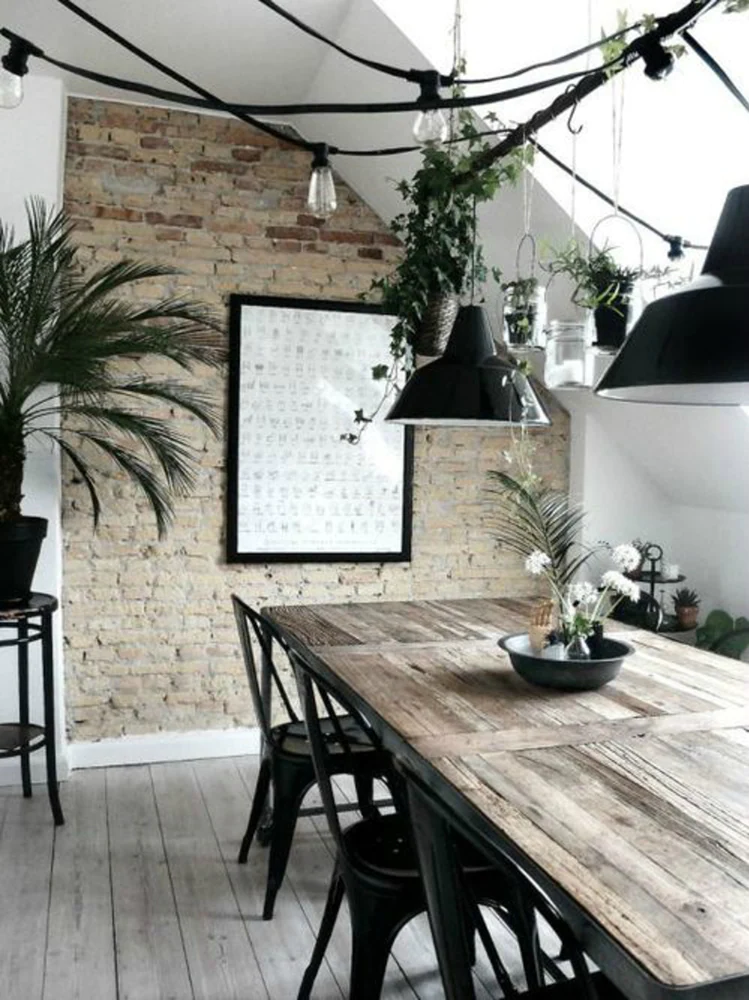
Rough surfaces that show scratches, nicks, non-homogeneous chromatic finishes, materials that reveal their authentic nature, large walls left rough: all these elements combine to define the industrial style. Versatility is the condition that is decreeing the success of this style in domestic interiors, in the layout of shops and clubs: the industrial always works, even in the association with other types of furniture.
Shabby chic

Strengthened by a solid success, the style literally translated as “elegant lived / unkempt” has abandoned its status as a passing fashion. It is based on precise rules: in particular, finishes and furnishings have a unique color range that includes pastel shades, white, beige and gray. Shabby chic furnishings can be authentic pieces reused and therefore really worn by time and use, or new elements on which we intervene through a measured pickling action.
Boho chic

From fashion to furniture, this style has made the instances of the bohemian style its own, reinterpreting them in a perspective that collects hippie and Seventies suggestions. The secret? Combine in absolute freedom. The lines become enveloping, the colorful fabrics conquer the center of the scene and even the patchwork lives a second youth. But always if classy, of course!
Ethnic

Make way for color, daring combinations, rope and raffia inserts, precious woods, perforated metals, leather and fabrics: nothing can make the house more personal than the memory of a journey and the evocation of the atmospheres of a distant land. Not only Africa and Asia: Central and South America with their chromatic kaleidoscope also represent a reservoir from which to draw.
Modern classic
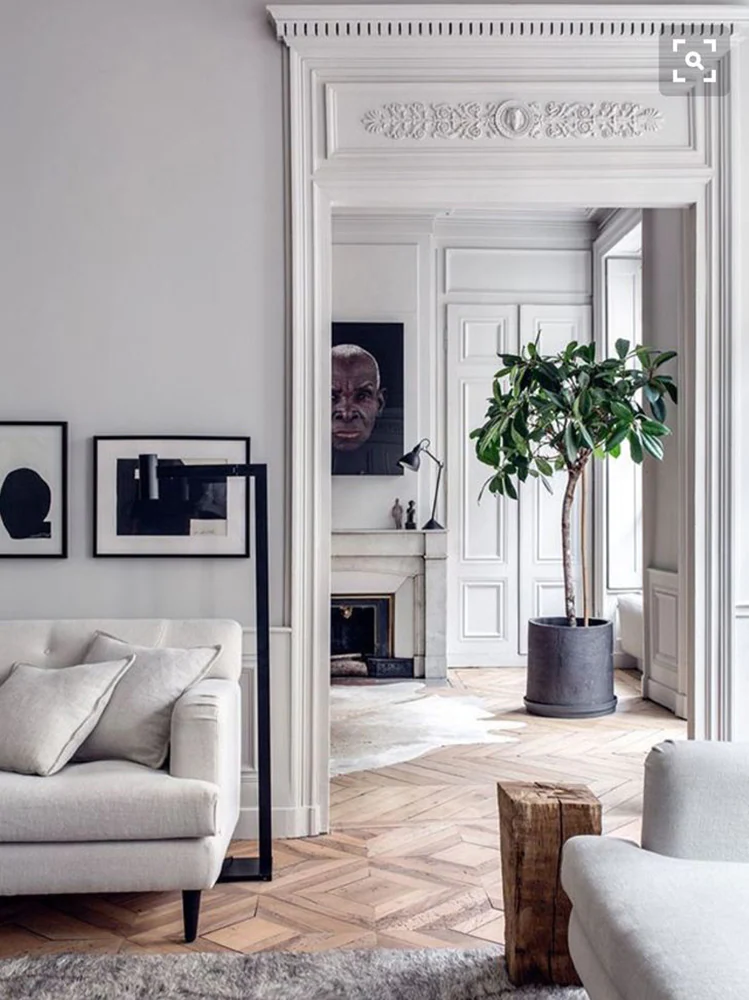
Reassuring and consolidated, it has sober lines and functional furnishings. The fabric inserts, such as curtains and carpets, incorporate traditional solutions or choose the path of monochrome, in an overall picture of order, concreteness and formal clarity.
Contemporary
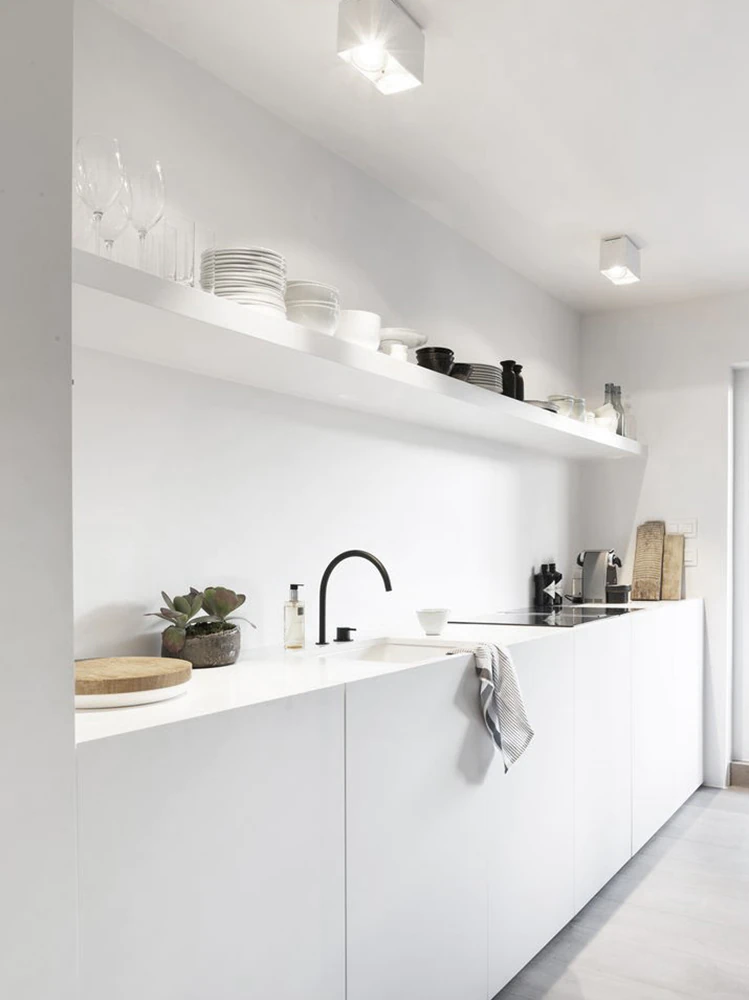
Difficult to compress into a univocal definition, because it is subject to constant evolutions, the style of our days responds to a need for cleanliness and efficiency through exact, precise lines. Without sacrificing visual impact. In the furnishings, compact volumes, pure colors and solutions with margins of transformability and adaptation are preferred. Special attention goes to energy saving, also in a green key.
Rustic
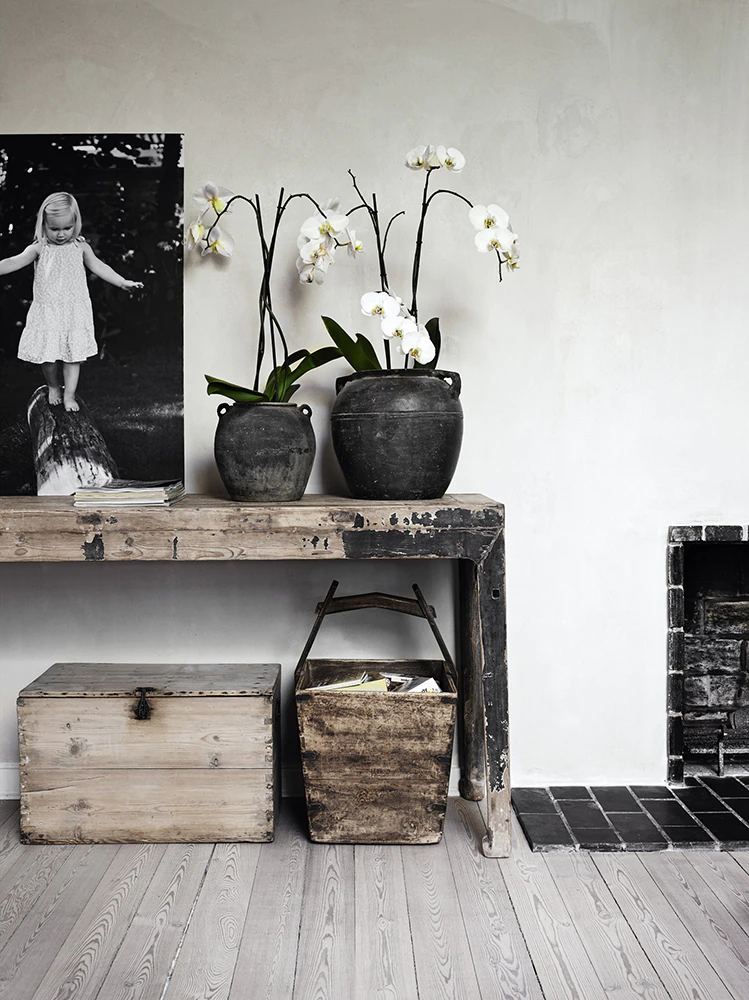
Authentic and sincere, it is characterized by the prevalence of wooden furniture, with soft lines. Accompanying him are stone walls, warm shades, fabrics that recall the surrounding environment. And of course a fireplace or a wood stove! Outside, the magic is renewed with wrought iron, stone, light curtains, ceramics and green settings.
Vintage

From the 1920s onwards, the style that grants you and your home the experience of a step back in time finds its strength in the coexistence of furnishings, lamps or details from the universe of modern antiques and salvaged objects. . With a result that cannot be replicated elsewhere. There is no shortage of collectibles and decorative solutions resulting from research in the interiors that bring back other eras.
Scandinavian
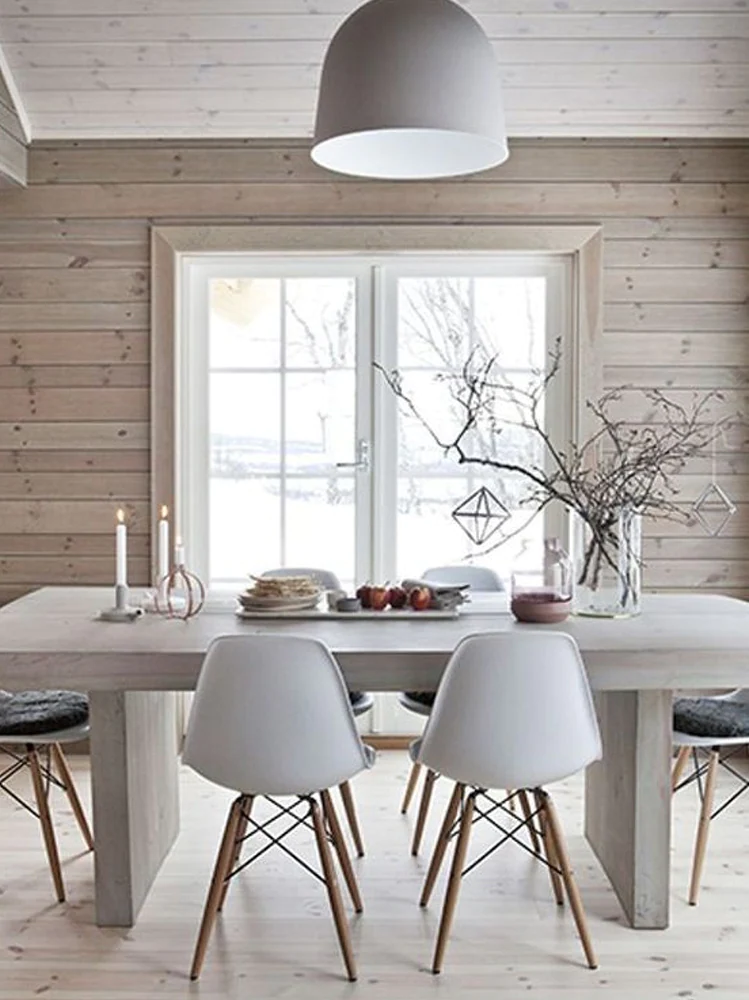
Wood, wool, traditional workmanship, handmade inserts, clean geometries with a never hostile appearance, free of formalisms and excesses define the style of the countries of Northern Europe. Also peculiar is the presence of playful and pop textures. And to increase the brightness – a real urgency given the reduced insolation – the color palette collects light shades. Glossy or reflective surfaces are also allowed.
The minimalist style

Minimalism is modern style taken to the extreme. The color white and neutral colors are omnipresent. The decoration is minimal, functional and relatively neutral. The minimal style is particularly impressive in that it can genuinely give an impression of wide open spaces, even where there isn’t one.
The neoclassical style

The neoclassical style of decoration even the traditional and modern style, while retaining the majority of the rich and extravagant components that one finds in a traditional decoration. It is a form of purification of a style of decoration which can sometimes be a little “too much”.
The expressionist style

Expressionism as interior design is hard to describe. It is a style that incorporates many elements of modern culture. Graffiti, for example, but also art and cinema, all while maintaining an air of modernity and purity which gives it a lively and light atmosphere.
The mistakes to avoid according to the designers
Choose accessories with little care
The first mistake to avoid is to choose superficially the furnishing accessories which, on the other hand, deserve the same attention that we use for the purchase of furniture. Also because, it should be emphasized, a wrong accessory can ruin all the furniture. Carpets, cushions, crockery must be selected with the utmost care.
Hang the pictures at random
Another mistake to be absolutely avoided, when furnishing a house, is to hang pictures and photographs on the walls casually and without a logical thread. The arrangement must always be studied with great attention to give a certain coherence to the walls of the house.
For example, all too often, paintings are hung too high. Instead, they should be placed more or less 160 cm from the ground (taking the bottom side as a reference). And they should be “grouped” in a single wall, assembling them by color and size, perhaps also combining ancient and modern, alternating with family photos and children’s drawings.
Create monochromatic environments

A total white environment risks designing an aseptic room, just as a very dark room could be dismal. It is therefore better to avoid furnishing in a monochromatic way, focusing on the liveliness of accessories and paintings, to break up the chromatic monotony.
Don’t define a color hierarchy
The choice of color combinations is one of the most delicate tasks when decorating the home, sometimes you choose a color but don’t mind the combination with the rest of the furnishing accessories. For this reason, everything should be planned before starting to paint, one of the most serious mistakes that can be made is that of not establishing the color palette with which to set the furniture.
Don’t identify a theme
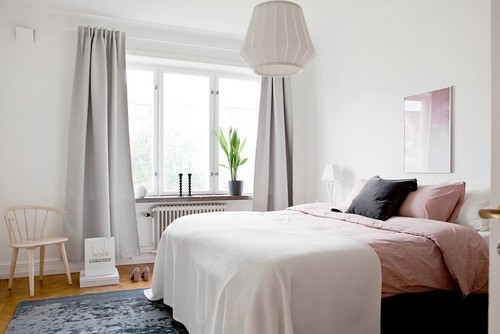
Another classic mistake is also connected to the previous chapter, that of not choosing a specific theme for the rooms of the house that outlines a clear and defined style, which could alter the perception of the quality of a home. Combining different contrasting elements can be a good idea, but you have to be careful not to overdo it.
Choose the table but not the chairs
Table and chairs must be chosen together, buying them separately represents a great risk, even more so if you are not an interior design professional and therefore do not have the “clinical” eye for the compatibility of materials and styles. In order not to risk messes, it would always be better to focus on chairs that are all the same and coordinated with the table.
Neglecting the lighting
To give an idea of the importance of lighting in home furnishings, just think that there is a professional figure, the lighting designer, who takes care of the lights in the apartments. It is essential to establish at the beginning of the work where to place light points, ceiling lights, floor or table lamps Light significantly changes the perception of the house.
A brief history of interior design styles
When you think of the term “interior design”, you are unlikely to associate it with an earthen hut. The roots of interior design have been attributed scholastically to clay structures built by the ancient Egyptians, otherwise known as mud huts. Read below The evolution of interior design styles throughout history.
Gothic style design

The High Middle Ages and the end of the Middle Ages saw Romanesque architecture evolve into what was called the Gothic style. First appearing in the 12th century in France, the design is characterized by rib vaults, pointed arches and flying buttresses. In keeping with the devotion of European countries to their religion, the most famous examples of the Gothic style are found in churches, cathedrals and abbeys. The Christian faithful believed that their creator judged their faith according to the breadth and grandeur of their religious structures. The larger and grander the building, the more blessing would be bestowed upon them by the Christian God, here on earth and in the Hereafter.
Renaissance style design

The Renaissance period was known as the sacred “rebirth” of art, architecture, literature, science, music and interior design. Hailing from Tuscany and Florence, Italy, medieval design influences such as pointed arches and sharply demarcated lines in the design were softened into rounded arches and generous columns. Decoratively, the bestial gargoyle has been replaced by gentle representations of European life.
Interestingly, the Renaissance was in part the result of the “secular” political ambitions of kings and rulers in the form of raging wars, as well as ego-driven artistic pursuits. One example is the massive influence of Francis I, King of France. Francis’ appreciation for the arts and the ongoing war with Italy served as inspiration for a resurgence of creativity within the cultural, scientific, intellectual and artistic communities of France. In Francis’ mind, he strengthened the crown as well as his political position by bringing Italian masters and their works to France. The most famous of his acquisition of the services of Leonardo da Vinci and the Mona Lisa painting he used to decorate the royal hunting lodge, the Chateau de Chambord.
Baroque style design

The Baroque period emerged in 17th century Italy and continued to expand north. The term means “irregular” and was initially a product of the Catholic Counter-Reformation. A bold and rich solid velvet valance, inlaid furniture and crests characterize the style. The symmetry and precision of the complex representations of “putti” or young boys and foliage are characteristic of the time. As it spread, it was increasingly transformed by secular influences. Powerful monarchies have used this approach to demonstrate their power, pageantry, and strength. The opulent and robust architecture and interior design have particularly and deeply affected European countries and cultures.
Neoclassical style

In the mid-18th century, the cities of Rome, Milan, Naples, Turin and Genoa rejected Baroque design elements in favor of what would be known as Italian neoclassical interior design. Based initially on Greek, Roman and Renaissance architecture, Britain and France would become leaders in the development of neoclassical art. Examples from the period can be seen in furniture that resembles the Louis XVI style and exaggerates the backs and necks of recessed furniture, as well as the geometrically shaped Venetian cabinetry. Italian designers adopted the French-style secretary and corner cabinet by incorporating intricate signature patterns.
Art Nouveau
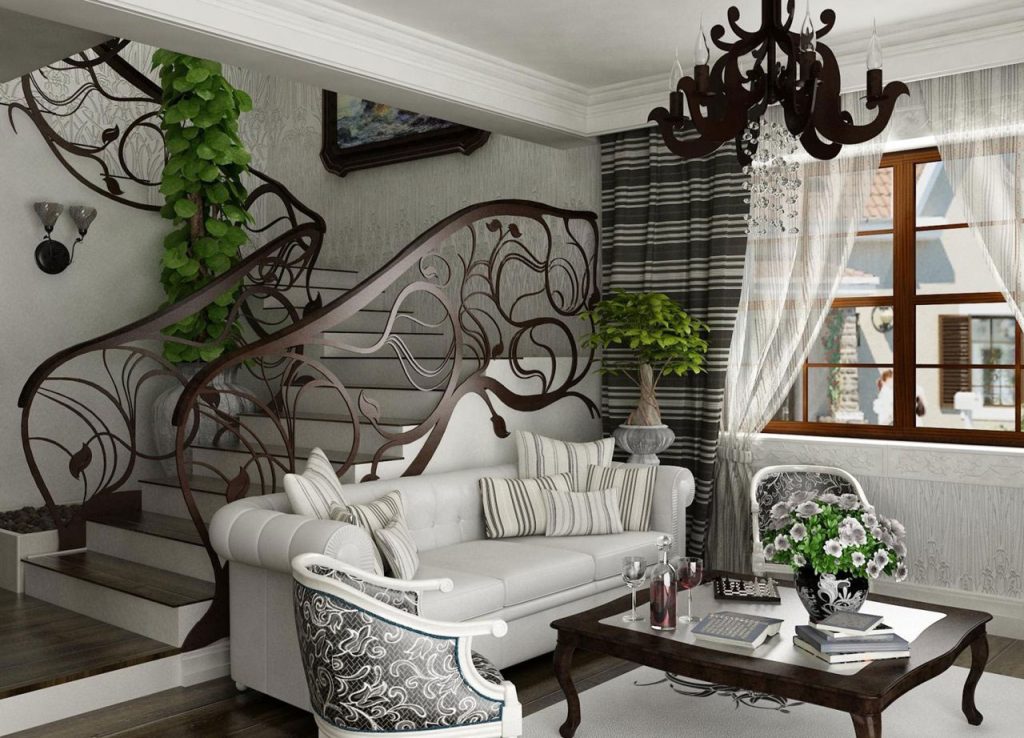
Although it only lasted three decades, from 1880 to 1910, the Art Nouveau movement deeply influenced the history of interior design. Mainly characterized by geometric shapes, arcs and symmetrical parabolas; the style led to the creation of Tiffany lamps and the global adoption of stained glass. The world famous Eiffel Tower is emblematic of the artistic conception of this period.
Art Deco

Emerging after World War I, Art Deco was born in the roar of the 1920s. Wealth in the United States doubled between the years 1920-1929 and brought with it a new attitude of opulence, extravagance and indulgence. The interior design style of the time was identified by the use of chrome, stainless steel, geometric and clean shapes. With increasing urbanization, mass culture and an interior design style have welcomed bold shapes, wide curves, black leather, and even a hint of zebra skin.
Today’s interior design styles

The good news is that not only are there a wide range of design styles to choose from; you also don’t have to decorate solo. In the early 1900s, professional interior design emerged as a career and never again would an individual, family or business have to face the oceans of decorating alone. In fact, in 2016 there were over 53,000 interior designers in the United States alone specializing in styles such as American Traditional, Country, Shabby Chic, Scandinavian, Nautical, Hacienda, the minimalist, the industrialist, the Asian, the bohemian / Moroccan and the eclectic, just to name a few.
In conclusion
A close study of interior design reveals the obvious: the evolution of each style has never happened in a vacuum. Just as river rock is shaped by variations in flowing water currents, each of the unique interior design styles was determined, to a large extent, by what went on outside. Politics, warfare, economics, technology, architecture, education, and climate change all contributed to designs that accurately represented the artistic passions and needs of mainstream artists, as well as those of the participatory population.